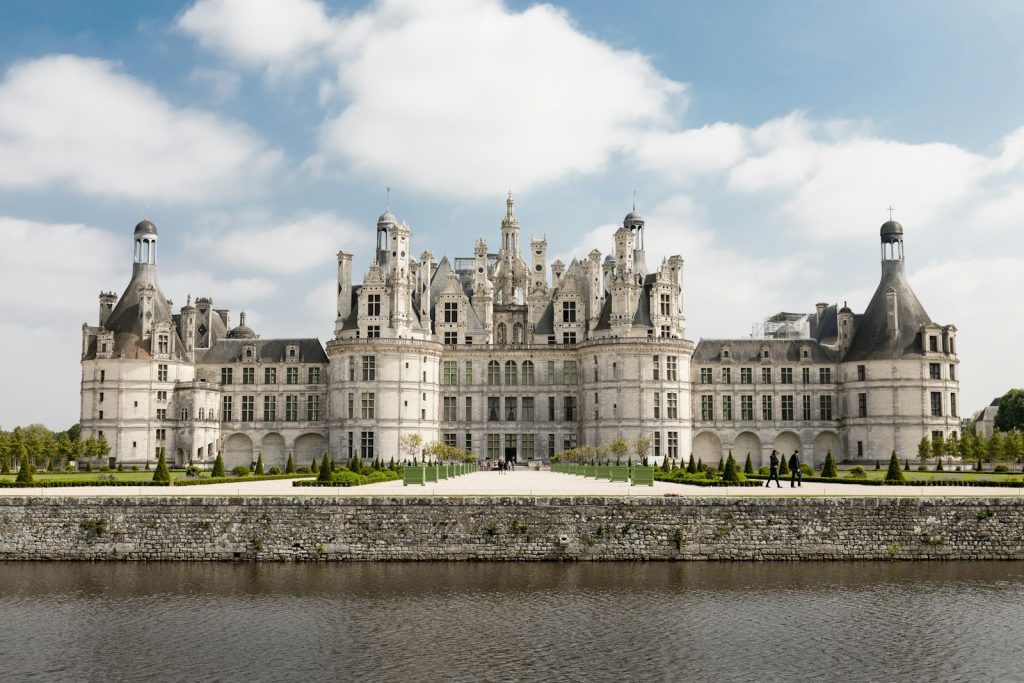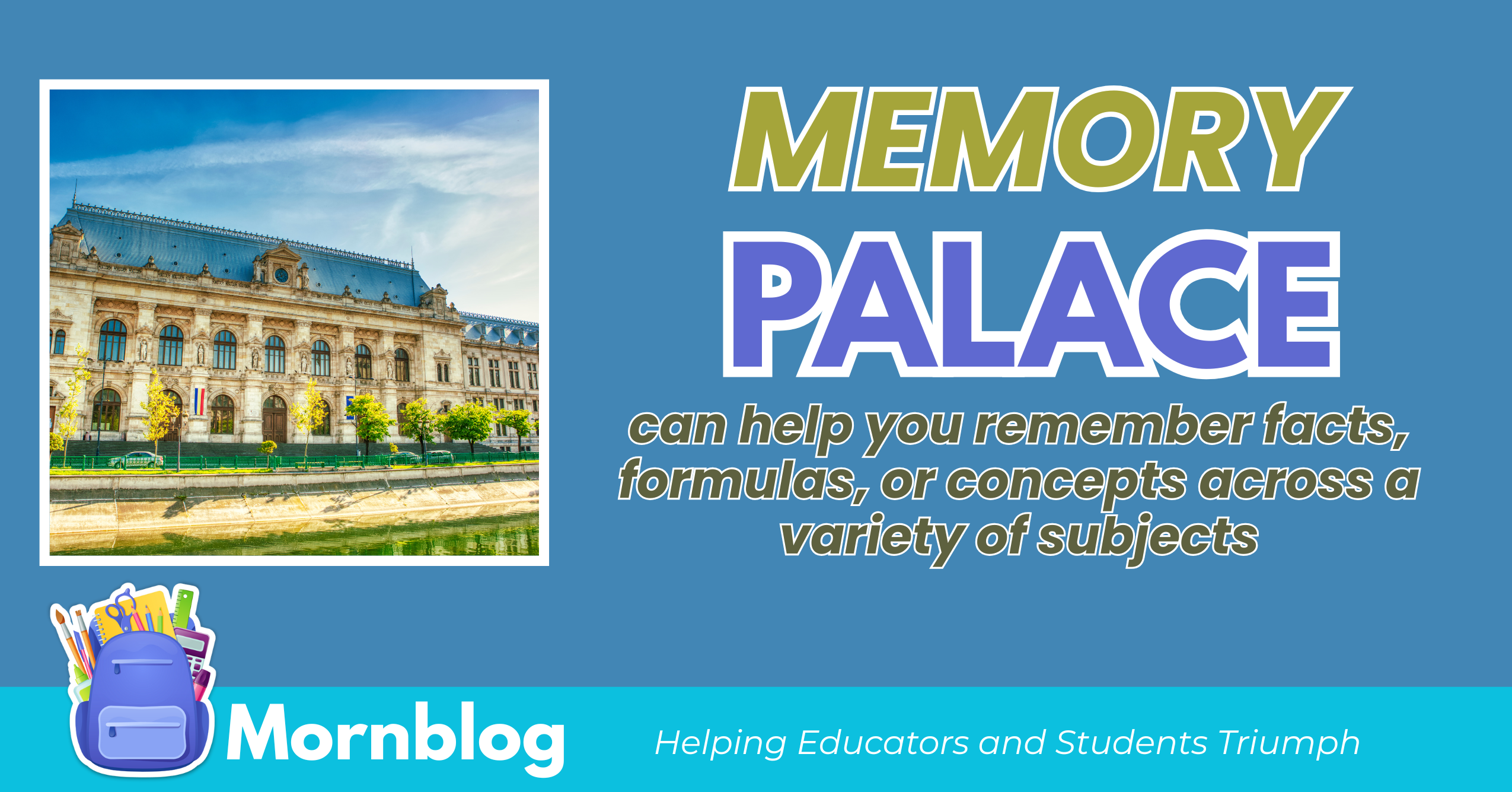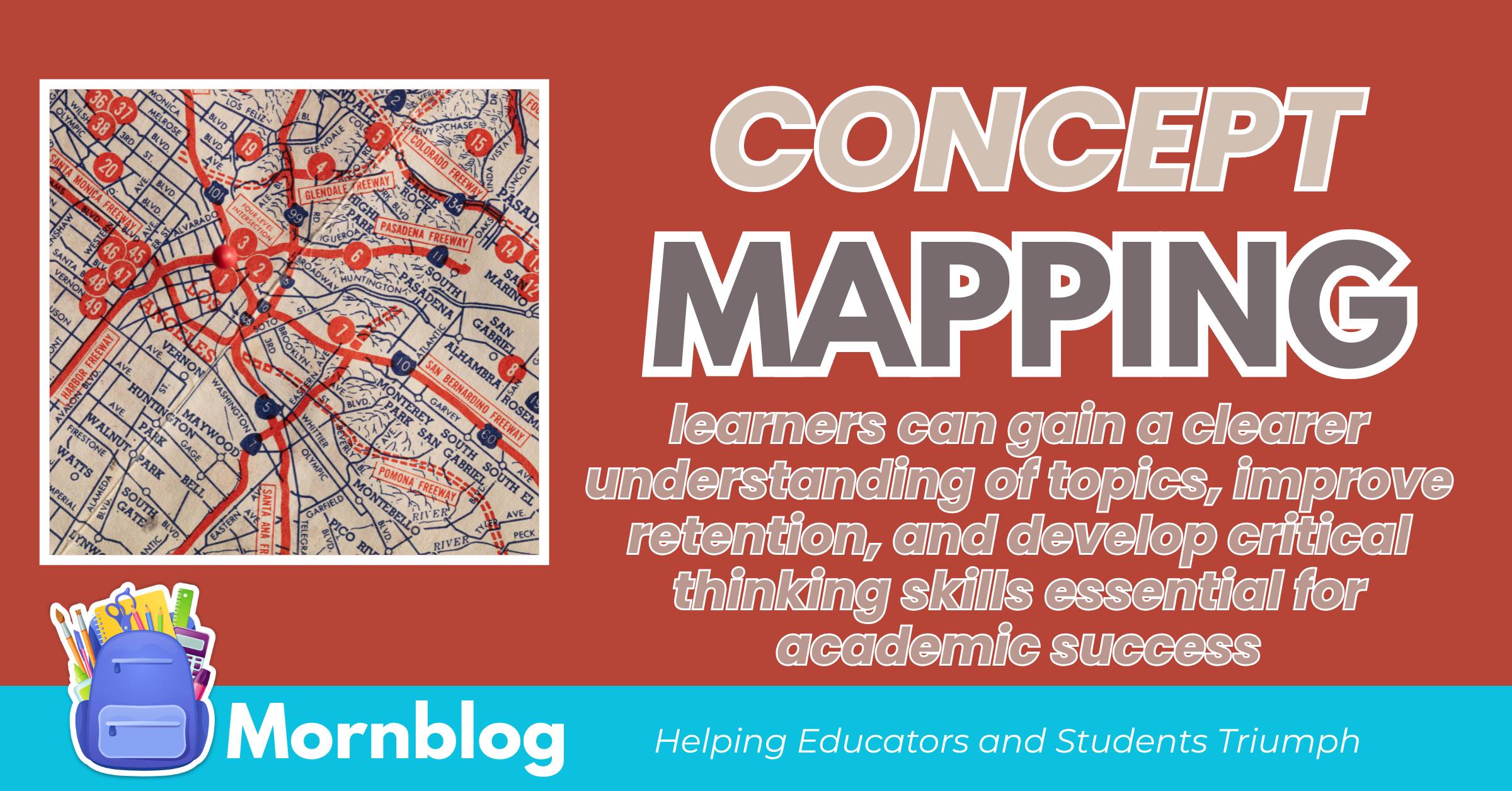Memory Palace is the Piranha of Memorization, Use for Outrageously Great Performance
The memory palace, also known as the method of loci, is an ancient mnemonic technique that leverages spatial memory to help you remember and retrieve information effectively.
We can perhaps say that memory palace is the piranha of memorization.
This strategy involves associating pieces of information with specific locations within a familiar environment.
By mentally walking through these spaces, you can recall the details linked to them.
Table of Contents

The Origins of the Memory Palace
The method of loci traces back to ancient Greece and Rome, where orators used it to deliver long speeches without notes.
They would visualize their speeches as a series of points placed in specific spots within an imagined structure.
This method capitalizes on the human brain’s exceptional ability to remember spatial relationships, making it a timeless and powerful study tool.
How to Create a Memory Palace
Choose a Familiar Location
The first step is selecting a location you know well, such as your home, school, or a route you frequently travel.
Familiarity is crucial because it reduces cognitive load, allowing you to focus on associating information with the space.
Define a Clear Path
Establish a logical and sequential path through the location. For example, if you use your house, you might start at the front door, move to the living room, proceed to the kitchen, and so on.
This ensures you can navigate the palace consistently.
Assign Information to Specific Spots
Place the information you need to remember in various parts of the location.
For instance, if you’re memorizing a speech, the introduction might sit at the front door, the main points could be scattered across the living room, and the conclusion might rest in the kitchen.
Use Vivid and Unusual Imagery
To make your associations memorable, use exaggerated, colorful, or bizarre images.
For example, if you need to remember the word “apple,” you might imagine a giant apple wearing sunglasses sitting on your couch.
The more distinctive the image, the easier it is to recall.
Practice Walking Through Your Palace
Mentally walk through your memory palace multiple times to reinforce the associations.
With repetition, you’ll find it easier to recall the information whenever needed.
Practical Applications of the Memory Palace
Academic Studies
The memory palace can help you remember facts, formulas, or concepts across a variety of subjects.
For example, history students can use it to recall timelines by assigning historical events to different rooms, while science students might visualize the steps of a process, such as mitosis, in sequential spaces.
Speeches and Presentations
Speakers can use the memory palace to organize key points, ensuring smooth delivery without the need for notes.
Vocabulary Building
Language learners can assign new words to spots in their memory palace, pairing them with vivid imagery for better retention.

Advantages of the Memory Palace
- Improves Long-Term Retention: The method creates strong mental connections, making information less likely to fade over time.
- Enhances Focus: Building and walking through a memory palace requires concentration, sharpening your cognitive skills.
- Boosts Creativity: Crafting vivid, imaginative associations stimulates creativity, making studying more enjoyable.
- Increases Recall Speed: With practice, retrieving information through the memory palace becomes almost instantaneous.
Tips for Mastering the Memory Palace
Start Small
Begin with a single room or a short path and gradually expand as you grow comfortable with the technique.
Be Consistent
Use the same path and locations for the same set of information to avoid confusion.
Combine with Other Techniques
Enhance your memory palace by integrating other strategies, such as mnemonics or visualization, to reinforce associations.

Limitations of the Memory Palace
While the memory palace is effective, it may not work equally well for everyone.
Visual learners tend to benefit the most, while those who struggle with spatial reasoning might find it challenging.
Additionally, constructing and maintaining a memory palace can be time-consuming, especially for large amounts of information.
Tools to Aid Your Memory Palace
Digital Mapping Software: Apps like Mind Palace or SketchUp can help visualize your palace in greater detail.
Voice Recordings: Narrating your palace and associations can provide an auditory reinforcement layer.
Drawing Maps: Sketching your memory palace on paper helps solidify the locations and paths.
Conclusion
The memory palace is a remarkable technique for enhancing memory and recall.
By linking information to familiar spaces and engaging your creativity, you can turn studying into an engaging and effective process.
With consistent practice, the memory palace can become one of your most reliable tools for academic and personal success.
Share This Story, Choose Your Platform!
OMG Stories
School Hacks
Subscribe
Fresh insights and exclusive perks delivered straight to your inbox. Sign up now!







